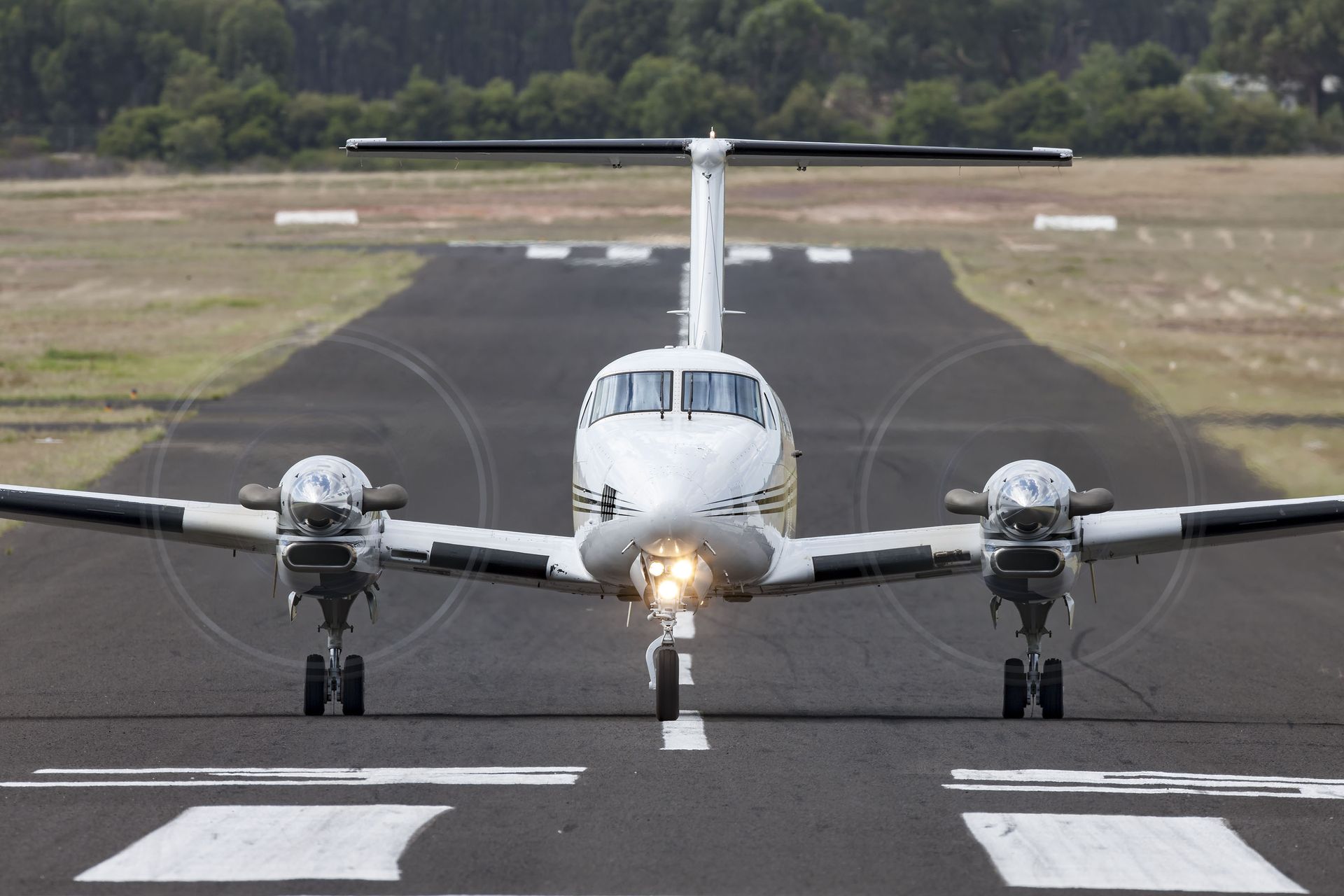Everything You Need to Know to Pursue Your Dream of Becoming a Commercial Airline Pilot
Becoming a commercial airline pilot is a dream shared by many aviation enthusiasts. It involves years of dedication, rigorous training, and a significant financial investment. However, the rewards of flying the skies and commanding aircraft are unparalleled, making it a career worth pursuing for those who are passionate about aviation. If you're considering this path, flight school training will be a key component of your journey.
Starting With a Private Pilot’s License (PPL)
The journey to becoming a commercial airline pilot begins with obtaining a private pilot's license (PPL). This is the foundational certification that allows aspiring pilots to take to the skies solo. During this phase, students learn the basics of aviation, including flight maneuvers, navigation, and safety procedures. The process may seem daunting, but it’s a crucial first step that lays the groundwork for your future career.
Advancing to Commercial Pilot Certification
Once you have your PPL, the next step is to earn a commercial pilot certificate with an instrument rating. According to the Aircraft Owners and Pilots Association (AOPA), aspiring airline transport pilots must be at least 23 years old, have a commercial pilot certificate with an instrument rating, and be of good moral character. Additionally, they need to log as many as 1,500 flight hours and complete an Airline Transport Pilot Certification Training Program. This stage, while demanding, equips pilots with the skills required to handle more complex aircraft under various conditions. Flight school training is an essential part of this phase, helping you prepare for the rigorous requirements ahead.
Gaining Experience
Gaining experience is crucial in this career path. Many pilots start as flight instructors or fly as co-pilots in smaller regional carriers to accumulate the necessary flight hours. Networking and gaining endorsements from experienced pilots can also be beneficial in making connections that might lead to opportunities with major airlines. Persistence, resilience, and commitment to advancing one’s skills are the key attributes that successful pilots share.
The path to becoming a commercial airline pilot is demanding but rewarding. From securing the initial private pilot's license to obtaining the necessary certifications and logging countless hours in the cockpit, the journey requires dedication and a passion for flying. If you're ready to embark on this exciting adventure, remember that quality flight school training will be your foundation. For those who are committed, the opportunity to soar through the skies and embark on a fulfilling career as a commercial airline pilot awaits. Start your journey today at Freeflight Aviation!







Share On: